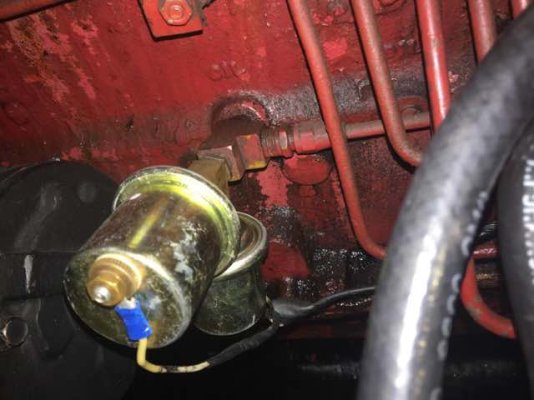Lou_tribal
Guru
For some time I had a small oil leak on my engine and was not able to find it ( maybe it was too obvious). This morning on my way to my anchor spot I finally found it.
The leak is on the T fitting on the engine block where my 2 oil pressure sender are connected.
On the picture below it is the red T on the block and the leak is at the connection on the engine block

Now I need to fix this and I am thinking either to use teflon tape on the fitting thread or some kind of liquid seal.
Any advice?
L
The leak is on the T fitting on the engine block where my 2 oil pressure sender are connected.
On the picture below it is the red T on the block and the leak is at the connection on the engine block

Now I need to fix this and I am thinking either to use teflon tape on the fitting thread or some kind of liquid seal.
Any advice?
L



